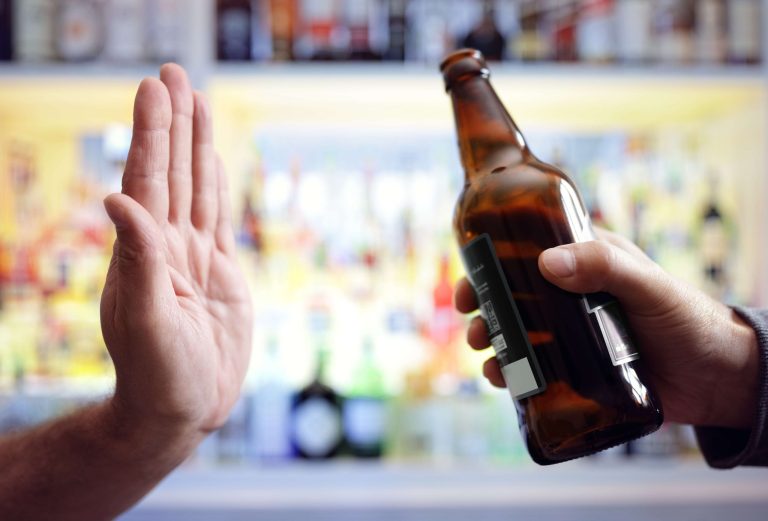Sober living
Sober Living United States
Rules vary depending on each home or accrediting organization, but most sober living homes have several rules in common. Finally, a transitional housing center with a sobriety requirement could be of great help if you’re struggling with housing insecurity, http://newezo.ru/theosophy/news/ob-etom-dolzhen-znat-kazhdyiy-vrednyie-ingredientyi-v-kosmeticheskih-sredstvah.html mainly due to addiction struggles. Leaving the structure of the treatment program can be very disruptive to your sobriety, so treatment programs have strict schedules filled with counseling, group therapy, and participatory activities.
Sober Living Homes and Halfway Houses
On our grounds, we do not allow or accept negative behavior and encourage positive action through using the tools of a 12-step program and a support group. Recovery residences are less expensive than living at a rehabilitation facility or detox center because fewer services are offered. But many sober homes require residents to attend support group meetings or participate in 12-step programs https://www.flylady.ru/fly/viewtopic.php?t=455&p=1444935 or outpatient treatment, which may be an additional cost for residents to consider. Sober living homes are structured, safe and substance-free living environments for individuals in recovery. They are also commonly known as sober houses, recovery homes, halfway houses or recovery residences. Finally, sober living homes offer opportunities for personal growth and development.

WHAT PEOPLE SAY
- Safehaven to me represents a new life free from the bondage of addiction.
- We have seen the success of a positive group environment, as well as the failures, and these experiences have built our foundation.
- We are licensed and insured, and the home is staffed with an onsite House Manager who is available for support and assistance.
- Coffee Rush, Frys, Sprouts, and Public Transportation are just a few steps away.
These may include counseling services, support groups, and educational programs. Additionally, you can build meaningful relationships with other residents committed to sobriety and recovery. As you progress through the program, you will be expected to take on more responsibilities and work towards your goals and aspirations. While sober living houses have research touting their http://electric-alipapa.ru/infusions/shoutbox_panel/shoutbox_archive.php?rowstart=740 efficacy, it is also important to remember that they are still environments where you are living with others and the focus is on staying sober. Suppose you’ve recently relapsed and found that the stress of being in environments around alcohol and drugs or a lack of structure is particularly triggering. In that case, a sober living residence may be a good fit for you.

Types of Sober Living Homes
The goal of sober living homes is to monitor and improve health, safety and wellness using peer support. The goal of many halfway houses is to reduce recidivism among felons using supervision. However, some halfway houses are designed to reduce drug relapse rates for high-risk individuals leaving incarceration. Living clean and sober in a sober home program enables residents to apply the skills and tools obtained in drug treatment outside the protections of a drug treatment program. In effect, this “real world” experience best prepares a person for dealing with the day-to-day stressors and pressures of everyday life while providing needed emotional and social supports along the way. According to the Journal of Psychoactive Drugs, sober home programs offer a much needed bridge between drug treatment and returning home to everyday life.
Our New Journey Sober Living Homes


 0982.226.306
0982.226.306 duoclieuannam@gmail.com
duoclieuannam@gmail.com Hệ thống cửa hàng
Hệ thống cửa hàng Đăng ký nhận quà
Đăng ký nhận quà

